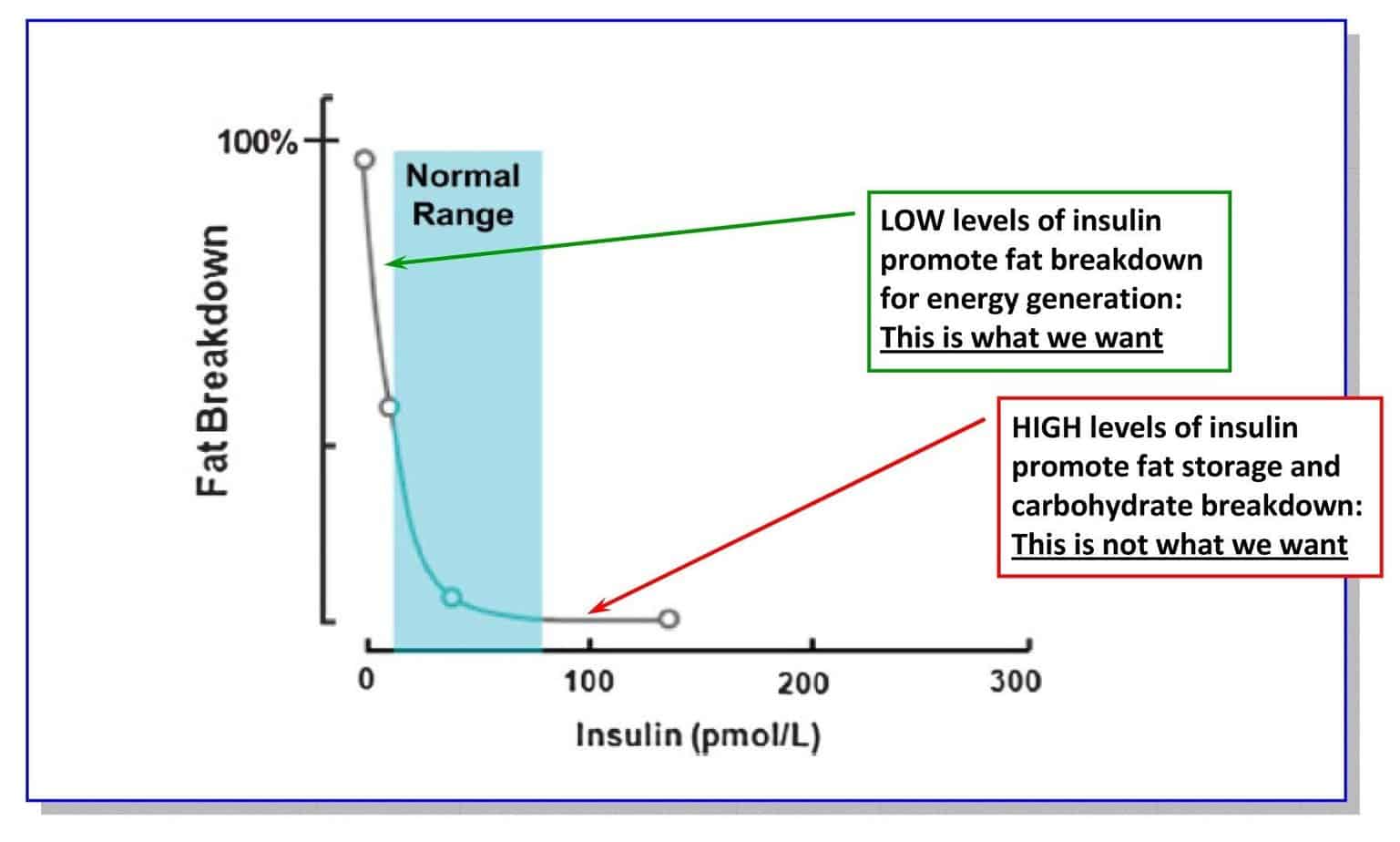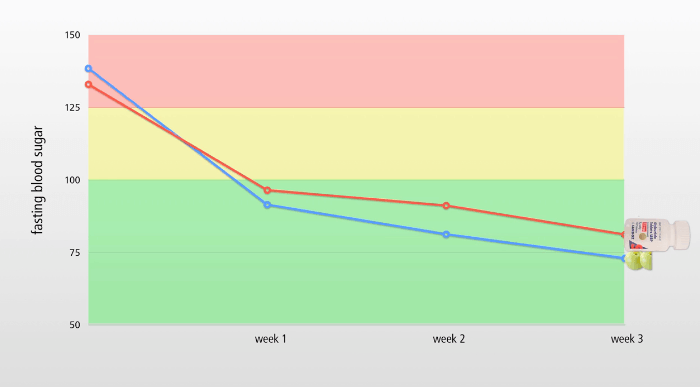Tirzepatide for Weight Loss? Two Much Cheaper and Accessible Alternatives

Using tirzepatide for weight loss may be a good idea, but there are substantial hurdles. One is getting your doctor to prescribe it, especially if you don’t have type 2 diabetes. The other hurdle is its expensive. Oh, you have medical insurance? Good luck with that! Here are two alternative to tirzepatide for weight loss to consider.
You could use tirzepatide for weight loss if your doctor will prescribe it, and your insurance company will pay for it. If not, you’ll need to fork over about $12,666 per year, reports Medscape, although like with a lot of drugs, that amount can vary a lot.
I’ll tell you right up front that tirzepatide would likely melt the excess weight faster than the two over-the-counter supplements I cover here, they don’t require a doctor’s prescription — and are much less expensive.
These two supplements have been extensively studied, and might help you lose weight via similar mechanisms that tirzepatide employs.
The two tirzepatide alternatives for weight loss are:
- Berberine, and
- Amla.
Of course, your situation may be complicated — especially if you have type 2 diabetes — and you may need a drug like tirzepatide. That’s a discussion to have with your doctor. However, if you want tirzepatide for weight loss, you may have a battle on your hands.
I’ve been reading that people who are overweight, but not dangerously so, are seeking to use tizepatide for weight loss, simply because they just want a pill to do the job. The problem is that even if their doctors are willing to write a prescription to use tizepatide for weight loss, the medical insurers are unwilling to bear the costs for “vanity”.
As the New York Times reports:
The Doctor Prescribed an Obesity Drug. Her Insurer Called It ‘Vanity.’
Now that we’ve set the stage, let’s dig into some specifics about tirzepatide, how it works for weight loss, and what over-the-counter supplements you can use that may work similarly to this drug.
In this post, I'll cover:
What Is Tirzepatide
Eli Lilly is the manufacturer of tirzepatide, a once-weekly injectable medication that will help people with type 2 diabetes control their blood sugar, and by doing so help them lose weight.
Tirzepatide is the first in a new medication class, and it works in two different ways to control blood sugar:
- It’s a glucose-dependent insulinotropic polypeptide (GIP) receptor agonist, and
- A glucagon-like peptide-1 (GLP-1) receptor agonist.
An “agonist” is a chemical that activates a receptor to produce a biological response. Receptors are cellular proteins whose activation causes the cell to modify what it is currently doing. For instance, endorphins are natural agonists of opioid receptors.
A “glucose-dependent insulinotropic polypeptide (GIP) receptor” is a transmembrane protein (a protein that that spans the entirety of the cell membrane) that is responsible for boosting glucose-induced insulin production.
A “glucagon-like peptide-1 (GLP-1) receptor” is a receptor protein found on beta cells of the pancreas and on neurons of the brain. It is involved in the control of blood sugar level by enhancing insulin secretion, and to inhibit glucagon secretion, thereby contributing to limit postprandial (after eating) glucose surges.
Remember that insulin is a hormone that transports glucose (sugar) to tissues in the body where it can be used for energy. GLP-1 receptor agonists help the pancreas to release the optimal amount of insulin to get glucose out of the blood where it can damage the body, potentially leading to type 2 diabetes.
Tirzepatide recently got FDA approval, basically because it was shown to improve glycemic control in adults with type 2 diabetes. That means that glucose in blood is being diminished. And that means that those using the drug can lose weight.
Obesity and type 2 diabetes often go hand-in-hand; got one, got the other. As the FDA said in it’s approval announcement that summarized the tirzepatide study:
“Obesity was common among study participants, with an average body mass index of 32 to 34 kilograms/height in meters squared reported at the time of enrollment. Among patients randomized to the maximum recommended dose, the average weight loss with Mounjaro [the manufacturer of tirzepatide] was 15 pounds more than placebo when neither were used with insulin and 23 pounds more than placebo when both were used with insulin. The average weight loss with the maximum recommended dose of Mounjaro was 12 pounds more than semaglutide [an anti-diabetic drug], 29 pounds more than insulin degludec [altered forms of insulin] and 27 pounds more than insulin glargine [a slow, long-acting type of insulin]. Those patients receiving insulin without Mounjaro tended to gain weight during the study. “
So, what we know is that tirzepatide was:
- Effective at improving blood sugar by helping control both glucagon and glucose; and
- Superior to the other diabetes therapies with which it was compared in clinical studies.
That’s the good news. The bad news, as mentioned, is that you’re unlikely to get any help paying for it if you want tirzepatide for weight loss.
How Does Tirzepatide for Weight Loss Work?
No one disputes that the industrialized world needs a weight loss solution. More than 40% of Americans are obese. Add those who are overweight in the USA, and the combined number is about 70%! That said, if you need to lose weight, you probably will need to for something other than tirzepatide due to its expense, even if your doctor will prescribe it for you.
I’m going to cover some potential alternatives to trizepadide for blood sugar control, but first it would be helpful to understand why controlling glucose and glucagon can help you lose weight, which is how tirzepatide works.
Glucose control is so effective for weight loss that famed longevity expert Dr. Peter Attia declares that “… controlling glucose is more important than you diet“.
This graph tells the tale:
The important point he makes:
“… the name of the game is glucose disposal. Can you maintain a low average level of glucose and a low variance of glucose and a low area under the curve of insulin?.”
Glucose disposal is what tirzepatide facilitates, and it does this by improving beta-cell function, boosting insulin sensitivity and reducing glucagon secretion in the study participants with type 2 diabetes. (Beta cells make insulin, and are found in the pancreas. Pancreatic alpha cells secrete glucagon, a peptide hormone that stimulated glucose production.)
So, this “dual action” capability exhibited by tirzepatide refers to (1) getting rid of excess blood sugar (glucose) in the blood by shuttling it into cells to make ATP via a process known as cellular respiration; and (2) stimulating glucagon secretion, which stimulates glucose production.
Yes, it sounds like contradictory actions, and they are, but it’s like a see saw that seeks balance — you want just the right amount of glucagon and glucose. Insulin levels ideally should be just what’s needed to help the cells absorb glucose, reduce blood sugar and provide the cells with glucose for energy. When blood sugar levels are too low, the pancreas releases glucagon. Glucagon instructs the liver to release stored glucose, which causes blood sugar to rise.

(Credit: ResearchGate.) Maintenance of blood glucose levels by glucagon and insulin. When blood glucose levels are low, the pancreas secretes glucagon, which increases endogenous blood glucose levels through glycogenolysis. After a meal, when exogenous blood glucose levels are high, insulin is released to trigger glucose uptake into insulin-dependent muscle and adipose tissues as well as to promote glycogenesis.
“They both have somewhat separate activities, but they have [greater activities in combination], causing insulin secretion, improving glucose tolerance, and decreasing body weight.”
Again, since it’s unlikely that you can get tirzepatide, what alternatives might approximate the results it offers by…….?
Two Alternatives to Tirzepatide for Weight Loss
I’m going out on a limb here, because I’m connecting a few dots that haven’t been connected elsewhere that I could find. My rationale is that supplements proven to help control glucose and glucagon may be useful as alternatives to tirzepatide for weight loss given that they all focus on the same mechanisms.
It’s doubtful that these alternatives will work as well as tirzepatide; supplements rarely are as strong or effective as pharmaceutical drugs. But there are three glaring benefits to these alternatives: (a) they’re available, (b) relatively cheap, and (c) have rare side effects.
I’m referring to berberine and amla (Indian Gooseberry). I’ve written about them before in the post, Eight Steps To Get More Sex and A Longer Life by Supercharging Your Blood and You Absolutely Need To Lower Your Blood Sugar, Part 2 — The 10 Step Solution. If you have high blood sugar, read them!
In light of the recent research that shows how well tirzepatide improves insulin sensitivity and regulates glycogen, thereby resulting in weight loss, it’s worth taking another look at berberine and amla.
1. Berberine
Berberine is a botanical extract from Goldenseal, Oregon grape, Barberry and Chinese Goldthread.
Healthline.com and Natural Medicine Journal extol the many health-promoting virtues of berberine, but here I want to focus on the insulin and glycogen effects akin to tirzepatide.
Berberine has been extensively studied; for instance:
- A review of 14 studies found that berberine lowered blood sugar levels and seemed to be as effective as common blood sugar medications, including metformin (Glucophage), rosiglitazone (Avandia), and glipizide (Glucotrol).
- A 2019 study examined the effects of berberine on glucose-lipid metabolism, inflammatory factors and insulin resistance in 80 patients with metabolic syndrome. It concluded that berberine induced “secretion of insulin in the body, reducing insulin resistance, and improving sensitivity of liver, muscle tissues and fat to insulin”.
- Two studies, one published in 2012 and the other in 2015 found that berberine may help lower blood sugar levels by various pathways that increase insulin sensitivity, promote insulin production, regulate metabolism, increase glycolysis (the breakdown of glucose), reduce glucose production in the liver and slow carbohydrate absorption in the gut.
But what can you expect from berberine as concerns weight loss? Well, as you could expect, weight loss tends to occur when you get your blood sugar under control, but don’t expect berberine will be as effective as tirzepatide for weight loss.
That said, two studies that looked at the affect of berberine on weight loss are noteworthy:
- In a 12-week study in obese individuals, 500 mg taken three times per day caused about five pounds of weight loss, on average. The participants also lost 3.6% of their body fat.
- A more impressive study was conducted in 37 men and women with metabolic syndrome. This study went on for 3 months, and the participants took 300 mg, 3 times per day. The participants dropped their body mass index (BMI) levels from 31.5 to 27.4, or from obese to overweight in only 3 months. They also lost belly fat and improved many health markers. The researchers believe that the weight loss is caused by improved function of fat-regulating hormones, such as insulin, adiponectin and leptin.
Because berberine is poorly absorbed across the gut wall, considerable interest has been directed toward creating nanoparticle delivery systems for berberine, the assumption being that therapeutic effects will increase with increased absorption. So far, I have not found any berberine treated with nanoparticles, but if you consume it with a fat source, and/or piper longum (a black pepper extract), you should be able to absorb it better.
I use the bulk powdered form of berberine from Bulk Supplements, or capsules from Swanson, and the Bixa brand for piper longum.
There’s currently no established dosage for berberine supplements, but most studies have administered 1,000–1,500 mg per day.
Berberine has a half-life of several hours, so it doesn’t last in your system for too long. Most berberine supplements contain 500 mg per capsule, and supplement labels often recommend taking it three times per day before meals, which adds up to 1,500 mg daily.
2. Amla
Also called Indian Gooseberry, amla is is a tree native to India and the Middle East. It’s been used in Ayurvedic medicine for thousands of years, and just might be the biggest bang for your blood sugar lowering buck.
Not to mention (but I’m about to anyway) that the esteemed Dr. Michael Greger of NutritionFacts.org says:
“Am I recommending people treat their diabetes with gooseberry powder? No, I recommend curing your diabetes… Why treat anything when you get at the root cause and reverse it in the first place.”
Check out the graph below. It shows the results of a study measuring the effect of Amla fruit on blood glucose and lipid (fat) profiles of Type-2 diabetic and non-diabetic participants. (See here and here.)
The blue line depicts the fasting blood sugar levels of the participants on diabetic medication, glyburide (sold as Diabeta or Micronase), and the red line shows those taking Amla.
At the beginning of the study, participants in each group (glyburide and Amla) have very high blood sugar levels, above 125 mg/dL, which by definition is a diabetic level. (100 to 125 is pre-diabetic; normal is below 100, but ideally should be below 90.)
Note that both the diabetes medication and Amla were very effective at quickly reducing fasting blood sugar to acceptable levels (under 100 mg/dL) within the first week, and then dropped it further over the subsequent two weeks, with Alma outperforming the drug.
But what can you expect from alma as concerns weight loss? Again, I doubt that amla is as effective as tirzepatide for weight loss, and certainly no study I found could assert that it is for the simple reason is that there are very few studies that show that amla can help you lose weight.
Sure, there’s lots of anecdotal stories that amla is good for weight loss, but it hasn’t been put to the test in any rigorous way that I could find using humans as the cohort.
But there is that rat study.
The Journal of Complementary and Integrative Medicine published a study in 2017 that found that amla fed orally to obese rats for 42 days along with a high-fat diet (HFD) “resulted in significant reduction in body weight gain, insulin, leptin, lipids as compared to rats fed HFD alone”. I could not access the full study, only the abstract, so I don’t know how “significant” was the weight loss experienced by the rats.
Yes, and although your partner might occasionally say you act like one, I realize you’re not a full-time rat, and so what that cohort experienced might be what you experience supplementing on amla, but for just pennies a day, what do you have to lose, except maybe a pound or two.
I typically use Feel Good Organic Amla Powder. A highly rated brand on Amazon for amla capsules is True Veda.
WebMD says that Indian gooseberry fruit extract (amla) has most often been used by adults in doses of 500-1000 mg by mouth daily for 4-12 weeks. That suggests that, like berberine, it’s a good idea to take regular breaks from using it. In my case, I go two months on, one off for both berberine and amla.
Questions, comments?
Scroll down and have at it!
Last Updated on February 7, 2024 by Joe Garma








